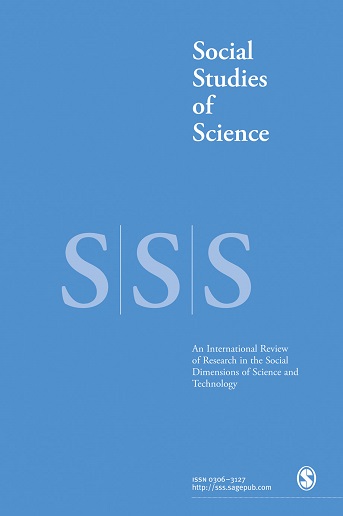Volume 50, Issue 6

Abstract
After the turn of the millennium, HIV clinical researchers pivoted from developing and testing new antiretrovirals (ARVs) for treatment, to reconfiguring the same molecules for pre-exposure prophylaxis (PrEP). In 2012, Truvada became the first HIV therapy to also be approved by the FDA for PrEP, regarded as a magic bullet that promised to end the epidemic. However, six years after its approval, it continues to be inaccessible to those who are most vulnerable. In this article, I critically analyze HIV PrEP clinical trials, dissecting the novel techniques researchers use to demonstrate efficacy. I argue that in making sense of the interplay between adherence to a prophylactic regimen and risk for HIV, biomedical HIV prevention research has revealed a new subject of biopolitics, Homo adhaerens. In the early 2000s, clinical researchers operating in the Global South identified Homo adhaerens as the ideal subject, one who embodies both high-risk behavior and diligent adherence to a daily oral regimen. I trace the construction of Homo adhaerens to the United States, where I listen closely to activists engaged with the ongoing DISCOVER trial of PrEP. Activists either aspire for Homo adhaerens as a standard, making the liberal argument that expanding access could make PrEP successful, or they rebuke the framework of clinical research that produces narrow understandings of adherence, efficacy, and universality. Ultimately, I argue that by failing to grapple with the social realities that underlie poor adherence, PrEP clinical trials produce knowledge that is not useful for those who are most vulnerable.
Citation
Davis, C. (2020). Homo adhaerens: Risk and adherence in biomedical HIV prevention research. Social Studies of Science, 50(6), 860–880. https://doi.org/10.1177/0306312720933943